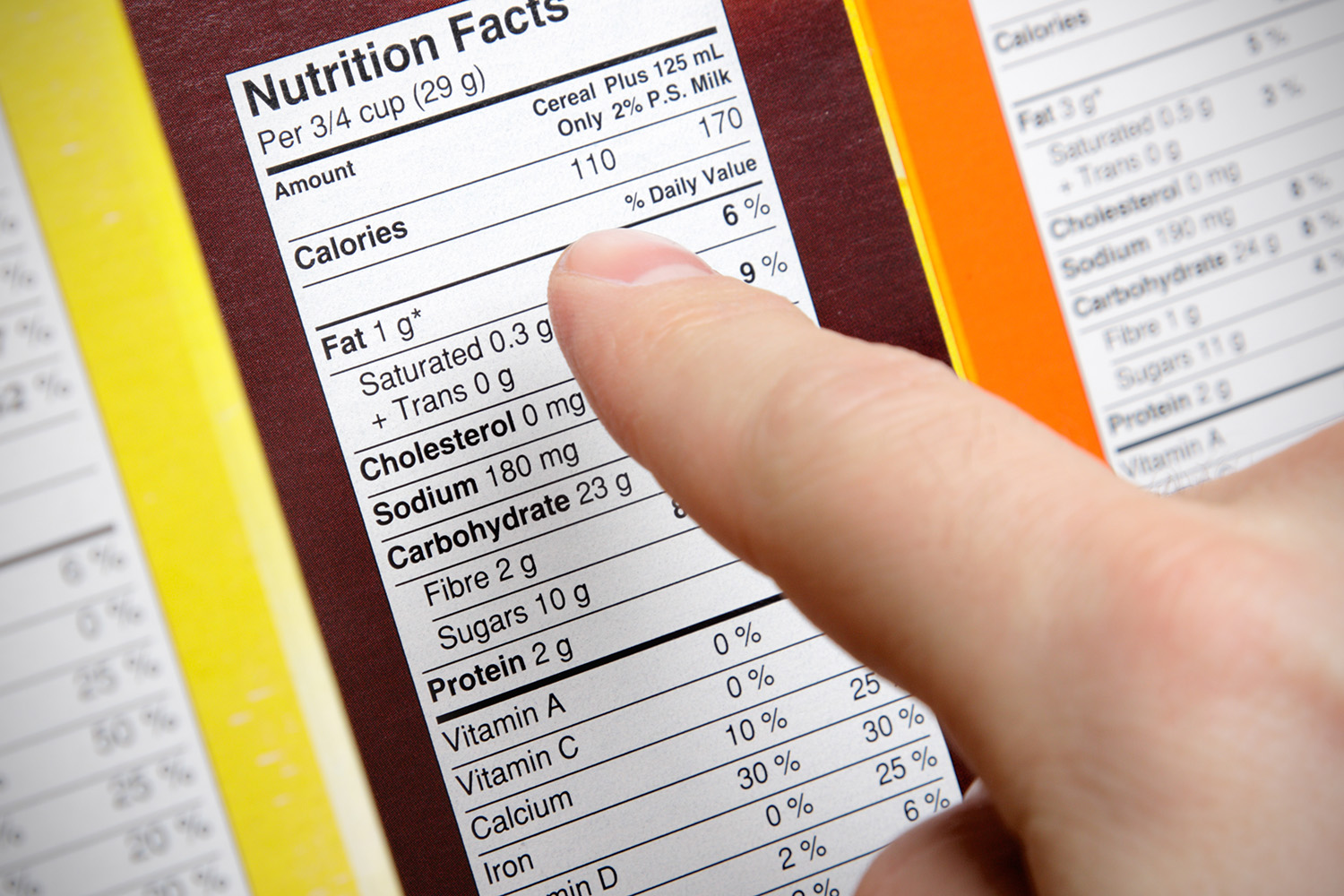 Nutrition Facts Label
Nutrition Facts Label
Nutrition facts labels make it easy to compare food products by showing the nutritional content, serving size, and calories per serving of a food item. Including nutrition fact labels in your program’s nutrition education can empower participants to select the healthiest options available, and limit — or increase — their intake of certain nutrients.
 Tools & Toolkits
Tools & Toolkits 
- Interactive Nutrition Facts Label— Resource to explore label information (FDA)
- Serving Size Reference Card— Select foods and serving sizes (National Heart, Lung, and Blood Institute)
- Wallet Tip Card— Printout for wallet (FDA, 2020)
- The Nutrition Facts Label— Label on packaged foods and drinks, including details on calories, serving sizes, added sugars, and more (FDA)
 Guides
Guides
- Calorie Comparison— Comparison of fat-free versus regular calories (National Heart, Lung, and Blood Institute)
- Calories on the Menu— Information for consumers (FDA, 2019)
- Low-calorie Alternative Foods— Guide (National Heart, Lung, and Blood Institute)
- Considerations for Fat-free Food— Information (National Heart, Lung, and Blood Institute)
- Bad vs Better Fats— Guide to healthy fats (Ohio Department of Aging)
- Comprehensive Guide to Food Labels— Guide (Harvard T.H. Chan School of Public Health)
- Nutrition Facts Label Guide— Guide (National Heart, Lung, and Blood Institute, 2020)
- Portion Distortion— Resource on how portion sizes have changed (National Heart, Lung, and Blood Institute)
- Portion Size Matters— Resource on how portion sizes have changed (National Heart, Lung, and Blood Institute)
- Get the Facts on Serving Size— Resource on understanding servings (FDA, 2023)
- Understanding Ingredients— Guide on food labels (American Heart Association)
- Using the Nutrition Facts Label— Guide for older adults, also available in Spanish(FDA, 2020)
- Whole Grains, Refined Grains and Dietary Fiber— Resource on identifying whole grain products using the ingredients list (American Heart Association)

